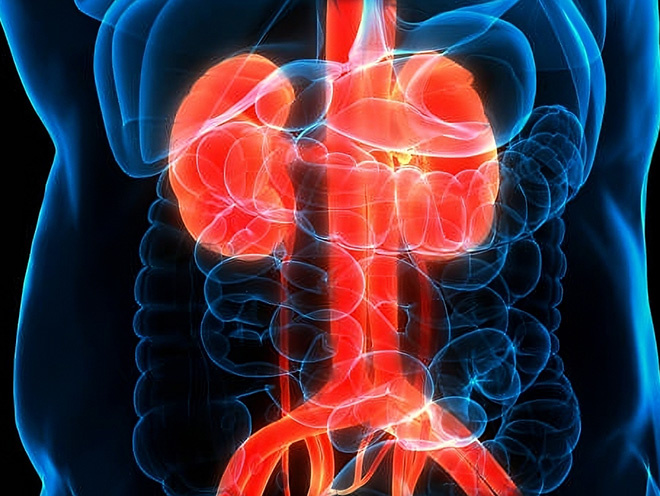

Рак почки — злокачественная опухоль мочевыделительной системы и одна из самых распространенных опухолей. Это злокачественная опухоль, возникающая из эпителиальной системы мочевых канальцев почечной паренхимы, также известная как почечная аденокарцинома, на долю которой приходится 80–90 % злокачественных опухолей почек. Статистика за 2020 год показывает, что число новых случаев рака почки во всем мире достигло 430 000, из них 156 470 — в Азии, что составляет 36,6% от общего числа случаев в мире. Рак почки — самая смертоносная форма рака мочевыделительной системы. В 2020 году во всем мире от рака почки умерло 179 000 человек, что составило 1,8% от всех случаев смерти от рака в мире.
Так можно ли вылечить рак почки на средней и поздней стадии? Минимально инвазивная технология с небольшим количеством побочных эффектов и меньшей травматичностью может помочь пациентам с раком мочевого пузыря избежать хирургической резекции, избежать боли традиционной радиотерапии и химиотерапии.
Классификация рака почки
Почки состоят из разных типов клеток. Тип рака у человека зависит от типа клеток, из которых он возник.
Почечно-клеточный рак — наиболее распространенный тип рака почки у взрослых. Ее также называют почечноклеточной аденокарциномой. Основными типами почечно-клеточного рака являются: светлоклеточный почечно-клеточный рак (75%), папиллярный почечно-клеточный рак (10%) и хромофобный почечно-клеточный рак (около 5%).
Симптомы рака почки могут различаться в зависимости от причины. С клинической точки зрения симптомы рака почки являются наиболее прямым отражением состояния больного и оказывают большую помощь в диагностике и лечении. При раке почки очень важно обращать внимание на симптомы.



